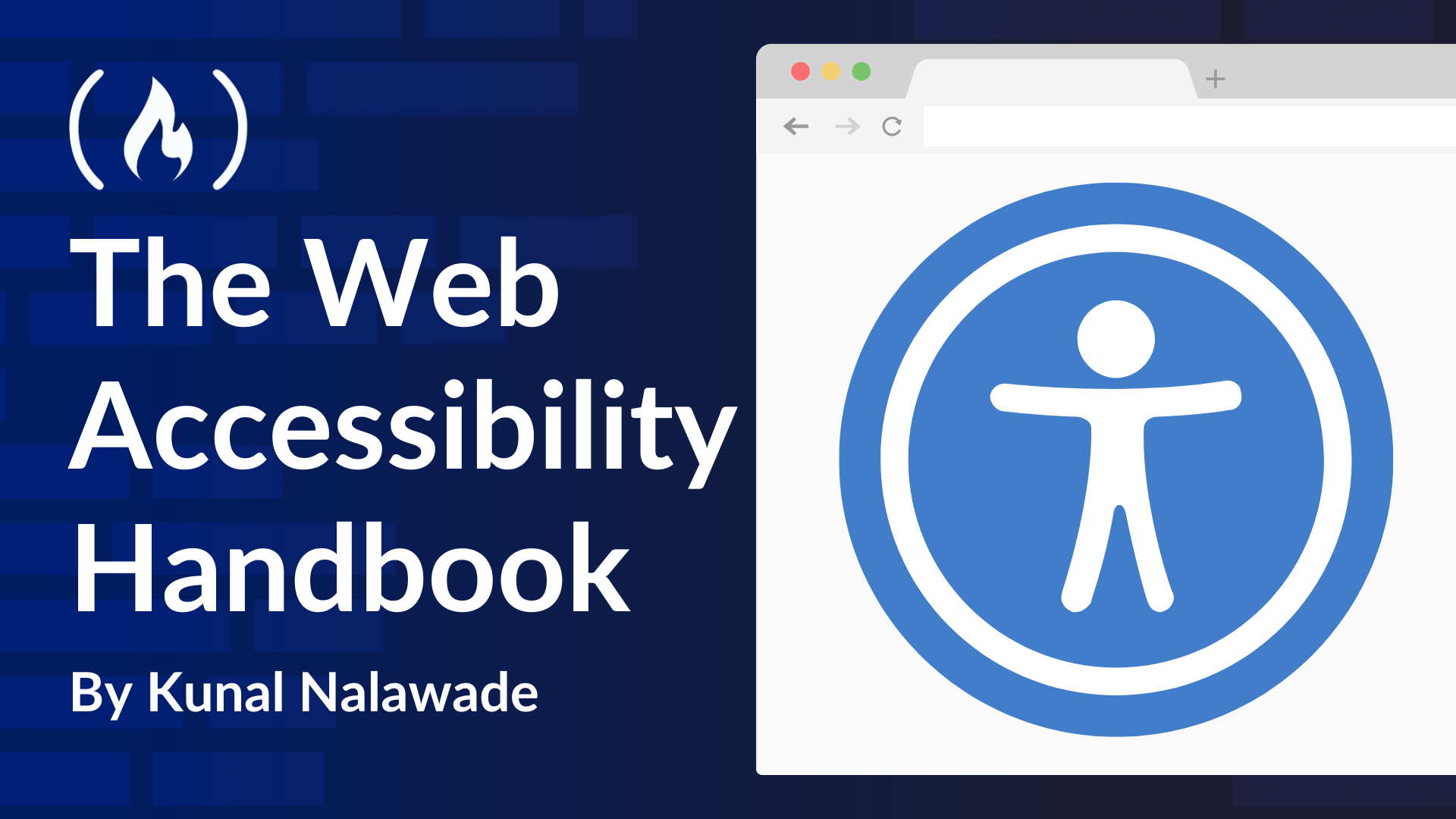How to Write a Good Conference Talk Proposal – CFP Guide
When conferences organize events, they seek knowledgeable speakers to share insights that educate, inspire, and engage attendees. They discover and select speakers through a Call for Proposals (CFP), an open invitation for experts to submit talk idea...

When conferences organize events, they seek knowledgeable speakers to share insights that educate, inspire, and engage attendees. They discover and select speakers through a Call for Proposals (CFP), an open invitation for experts to submit talk ideas. A well-crafted CFP submission can be the difference between being selected to speak or getting lost in a sea of applications.
Conferences offer different session formats, such as lightning talks, workshops, panels, and full-length sessions. Organizers look for clear, relevant, and valuable topics for their audience. A strong proposal aligns with the event's topic and clearly demonstrates its significance to reviewers.
I have been selected to speak at conferences such as API World, API Specification Conference, PyCon Italia, and PHP Day Italy, and I co-organize API Conf Lagos. From both sides of the table, when submitting and reviewing CFPs, I have seen what works and what does not.
In this guide, I’d like to share what makes a good CFP and offer tips on creating a standout proposal. Whether you are submitting for the first time or looking to refine your approach, these insights will help you craft a compelling proposal that gets noticed.
In this article, you’ll learn the following:
Understanding the CFP Criteria
CFP requirements vary from conference to conference, so understanding the specific criteria before submitting your application is crucial to increasing your chances of selection. Most conferences provide a criteria page outlining key details. When you’re writing a CFP submission, some criteria are more crucial than others in shaping a strong proposal.
The most relevant criteria include:
Topic – Areas of interest that the conference aims to cover.
Session format and duration – This indicates the available sessions for the conference. It could be a session, workshop, or lightning talk, along with the time allocated.
Audience expectations – This is used to gauge the audience's level of expertise (beginner, intermediate, advanced) and what attendees hope to gain from the event.
Keeping an eye on the core criteria, topic, audience, and format will help ensure your CFP submission aligns well with the conference expectations. And this can help increase your chances of acceptance.
While necessary for planning, other logistical aspects play a less direct role in crafting the proposal. These include:
Speaker logistics and support – Information on travel, accommodation, and benefits for speakers, such as honorariums or reimbursements.
Event fees and scholarships – Whether speakers receive free entry or if financial aid options are available.
Code of conduct – The conference sets the ethical and behavioral guidelines for speakers and attendees.
Conference duration – Whether the event lasts for one day, two days, or multiple days, which may affect scheduling and availability.
Elements of a CFP
Talk Title
First, you’ll need to decide on a clear, compelling title that makes it obvious what the talk is about in an easy-to-understand way. Clarity and simplicity always win.
You should avoid overly verbose or clickbait-style titles like: “Harnessing the Ultimate Power of Next-Gen APIs to Revolutionize Your Tech Stack”. Instead, you could say something friendlier and clearer: “How to Design Scalable APIs That Align With Your Product.”
Abstract
The abstract is a brief description of your talk. In this section, you should provide a summary that generally explains what your talk is about, how the audience would benefit from it, and why the conference organizers should value and select your talk.
It’s acceptable to discuss example scenarios you plan to cover and the tools or libraries you’ll be using, as this will help promote your idea more effectively than a simple sentence or two with no technical info.
Detailed Description/Proposal
I would like to note that not all conferences offer this section, but for those that do, it is a more in-depth and detailed explanation of your abstract, which sometimes can exceed 1000 words. This will enable you to explain the value, structure, areas of focus, and key takeaways of your talk.
In both the abstract and proposal, you should discuss the problems you’re addressing in your talk and what the audience stands to learn, which are both very important.
Speaker Bio
This is just as important as the talk title itself, as it informs the organizers about who you are, where you work, your relevant experience, and how the conference can benefit from having you at the event. Include a recent picture of yourself and, if possible, provide your social media profiles like LinkedIn, so they can connect with you.
Alright, now that you know the various parts involved in creating a CFP, let's look at each component in more detail – and how you can actually craft each part.
How to Choose the Right Topic
Most CFP pages showcase topics that interest conference organizers. As a prospective speaker, your goal is to select a topic that aligns with these subjects. You’ll also want to make sure that you have a deep enough knowledge on the topic you choose to speak and answer questions about it confidently.
For example, if a conference emphasizes specific topics such as PHP, Continuous Delivery, DevOps, Security, Testing, or APIs, proposals that align with those subjects are more likely to be accepted. Submitting a topic outside the listed themes the conference plans to cover may reduce your chances unless it provides exceptional value to the audience.
Here are some practical examples:
If a conference is focused on DevOps, your proposal is more likely to be accepted if it covers continuous delivery pipelines, performance and monitoring, infrastructure automation, or incident response practices. Submitting a topic outside the listed subject, such as frontend design, may reduce your chances unless it offers exceptional value to the audience.
If a conference is focused on APIs, your proposal is more likely to be accepted if it covers how to design versioned APIs, securing API endpoints with Authentication and Authorization, scaling API-first applications, compliance and governance, Api performance and observability, Api documentation, or managing third-party integrations.
For a PHP conference, you should submit a proposal that cover performance improvements in PHP 8+, real-world security use cases in Laravel applications such as OWASP, PHP architecture patterns, scaling large PHP applications, writing extensions in PHP, highlighting important libraries you use daily, or guiding attendees on how to contribute to such PHP libraries.
When selecting your topics, ask yourself:
What’s the value I’m bringing to attendees?
Is the topic something I’m passionate about and knowledgeable about?
Does it align with the needs and interests of the target audience?
To improve your chances, tailor your proposal to fit the conference’s focus. Pay close attention to the wording of your topic and ensure it directly connects with the event’s goals.
How to Craft a Strong Title and Abstract
Once you've chosen a relevant topic, you’ll need to create your talk title and abstract. For instance, you might focus on addressing security concerns using a particular programming language or tackle modern security challenges within a niche area.
It’s important to remember that while tools like AI models (for example, ChatGPT) can be helpful, relying too heavily on them to craft your title and abstract can work against you. The key is to use clear, simple language that speaks directly to your audience. Avoid overly technical jargon or convoluted phrasing, as this may hinder understanding.
Here are some key things to keep in mind when choosing a title and writing your abstract:
Select a Friendly Title
Your title is the first thing conference organizers see, and keeping it simple, engaging, and clear should be the goal.
Examples of strong titles might include:
Moving Beyond CRUD: Designing More Scalable APIs with TDD
How to Keep Your Application Secure with the Zero Trust Principle
Why You Should Care About the Risk and Rewards of Feature Flags
How to Orchestrate Effective Releases with CI/CD with Practical Tips for Teams
You may be wondering why these are examples of strong titles. Well, it’s because:
They are clear and accessible, and at a glance, you already know what the topic is about. The topics are also approachable even if you’re not an expert.
The topics also highlight values or possible outcomes: either the audience will learn about risk and rewards with feature flags, or they will equip themselves with knowledge of securing their applications using the Zero Trust principle, or learn how to design scalable APIs in a test-driven manner.
The topic targets those directly involved in the software delivery lifecycle, including developers, DevOps engineers, engineering teams, and managers.
Writing a Compelling Abstract
When writing your abstract, it’s essential to provide a thorough overview of what your talk will cover. A one or two-sentence summary likely won’t be enough to give conference organizers the deeper insight they need into what your session offers.
Your abstract expands on the talk title, providing a more detailed description of the topic. This includes what your talk will cover (if it’s a workshop, mention the language or tools used, along with any expected outcomes or builds), the attendees who would benefit most from the talk, and possible learning outcomes.
Spending most of your time crafting your abstract is crucial to your talk getting accepted. From experience, here’s what a good abstract should include:
Start with a sentence or two introducing the subject. So if you’re talking about the Zero-trust principle, explain what it means and discuss why it matters. Then talk about the problem it helps stakeholders involved in software delivery solve.
Describe what the talk will cover. Mention tools, frameworks, or case studies you’ll use here to deliver the talk if selected. For example, “We’ll cover core concepts like 'Never trust, always verify,' least privilege, and continuous monitoring, along with practical steps such as using OAuth2, MFA, RBAC, JWTs, and encryption”.
Explain who the target audience is. Are they beginners, intermediates, or experts? This will help organizers place your talk on the right track for the identified audience.
End your abstract with 2-3 clear learning outcomes. What will attendees be able to do, understand, or think differently about after your session? For example, attendees will learn about Zero Trust architecture, enforcing strong authentication and authorization, as well as tools for continuous monitoring and auditing to detect threats.
Don’t rush through the process of writing your abstract. Allow yourself time to develop it gradually as ideas come to mind. It’s perfectly fine to keep your proposal open and pinned, updating and refining it over time. This approach will give you the bandwidth to ensure your abstract is clear, comprehensive, and engaging, ultimately leading to a stronger proposal.
Remember, your abstract should be written in simple, clear language and be free from grammatical errors. Keep in mind that some conferences have word limits for abstracts, so ensure your description fits these constraints.
How to Structure the Proposal
Once you’ve identified a topic and written the abstract, it’s crucial to structure your proposal in a way that is easy to read and provides clarity regarding your target audience and the learning outcomes. A well-structured proposal makes it easier for conference organizers to understand the value of your session and decide whether it’s a good fit.
To illustrate this, we’ll look at two proposal examples: one that can be improved and one with a strong structure that’s likely to be accepted.
❌ Weaker Proposal
Topic: Security in Software Development
Abstract:
Security in software development is important. This session will cover security practices and techniques in code.
Why this proposal is weak:
The title is too vague and doesn’t specify the talk's focus.
The abstract lacks depth and does not clearly describe what the attendees will learn.
The audience is unclear, and no specific learning outcomes are mentioned.
✅ Strong Proposal
Topic: Building Secure Web Applications with Modern [Programming Language 1] Frameworks
Abstract:
It’s important to think security first when trying to build applications for the web, regardless of what programming language or framework you’re using. In today’s world, securing your application will protect you from data breaches, prevent fraudulent transactions, and help you avoid common vulnerabilities, ultimately improving the performance of your system.
In this talk, we will discuss the key security practices that developers should follow when building web applications with modern JavaScript frameworks, such as [Framework 1] and [Framework 2]. We’ll cover concepts such as input validation, securing APIs, handling authentication, and best practices to prevent common security vulnerabilities, including cross-site scripting (XSS) and SQL injection.
At the end of this session, developers will gain actionable insights on implementing security measures, explore common vulnerabilities, and build a demo app using [Framework 1] or [Framework 2] to address the security concept listed above, along with secure coding practices and tools to safeguard their apps.
This talk is designed for intermediate and advanced JavaScript developers who want to enhance the security of their web applications.
Why this proposal is strong:
The title is clear and specific, highlighting the session's main focus.
The abstract provides an introduction, a detailed description of the content that will be covered, ensuring organizers know exactly what to expect.
The target audience is defined as "intermediate and advanced JavaScript developers."
Learning outcomes are clearly outlined, including actionable takeaways and specific skills attendees will gain.
Here are two samples of my proposals that have been accepted in the past.
PHPDAY ITALY ‘25: Securing PHP Applications with Zero Trust Principles
API SPECIFICATION CONFERENCE ‘21: ABC of GRAPHQL
Submission Best Practices
Once you've completed your proposal, it's essential to take a step back and reflect on your topic and abstract. Review your submission carefully for any areas that need refining, check for typos, and ensure the message is clear and well-structured.
Sometimes, sharing your proposal with colleagues or peers for feedback can be invaluable. They might catch things you overlooked or offer suggestions to improve clarity or focus.
This reflection and review process acts as a safety net, ensuring you haven’t missed anything important before submitting. Keep in mind that conference organizers receive hundreds of CFPs, so taking the extra time to polish your submission can significantly improve your chances of standing out in a competitive pool.
The submission process typically looks like this:
1. Call for Paper (CFP) Announcement
The conference announces its call for papers (CFP) information, including details such as the deadline, topics, venue, session types, and submission guidelines.
2. Submission Platform
Conferences use tools like Typeform, Sessionize, Papercall, and even Google Docs, based on preference, and you’ll be asked to provide information about your talk proposal. This information includes:
Talk title
Abstract
Talk format (Workshop, Session, Keynote)
Target audience
Speaker bio
[Optional] Past speaking experience, like YouTube links to previous talks, and so on
Review Phase
After the CFP closes, panels begin reviewing submissions and deciding who will speak at the conference. They select speakers based on their own checklist and determine the lineup of speakers.
Notification and Follow-up
Successful speakers will receive congratulatory emails notifying them to confirm their participation in the conference and may need to submit additional information, such as a slide deck or session outline.
Speakers who don’t make the cut will typically get a rejection email, and often some organizers extend free or discounted event tickets to those speakers who have invested their time in submitting a proposal.
Conference schedule
Once selected, speakers will have their bio, talk title, and abstract published on the conference website. The schedule will also include the date, time, and room where each session will take place, helping attendees plan which talks to attend.
Where to Find CFP Opportunities
If you're looking for conferences to submit your proposal to, several platforms and resources regularly list open calls for papers (CFPs). Instead of waiting to stumble upon a CFP announcement, you can actively search for speaking opportunities that align with your expertise.
Popular CFP Platforms:
Sessionize – A widely used platform where conferences post CFPs, allowing speakers to submit proposals easily.
PaperCall.io – A hub for discovering CFPs across different industries, including tech and open-source events.
Other Ways to Discover CFPs:
Conference websites: Many conferences post their CFPs directly under a "Call for Papers" or "Call for Speakers" section.
Tech communities and newsletters: Platforms like Dev.to, Hashnode, and newsletters often share open CFPs.
Social media: Following conference organizers and speakers on LinkedIn and Twitter can help you stay updated about new CFP openings.
Local and virtual meetups: Many meetup groups are seeking speakers, and these smaller events can be a great way to gain experience before applying to larger conferences.
Conclusion
In this article, you learned what makes a good conference talk proposal, how to structure your proposal with examples, and submission best practices.
Keep improving your proposal, and good luck with your submissions!





















































.jpg)





















































































































![[The AI Show Episode 144]: ChatGPT’s New Memory, Shopify CEO’s Leaked “AI First” Memo, Google Cloud Next Releases, o3 and o4-mini Coming Soon & Llama 4’s Rocky Launch](https://www.marketingaiinstitute.com/hubfs/ep%20144%20cover.png)























































































































































![BPMN-procesmodellering [closed]](https://i.sstatic.net/l7l8q49F.png)



















































































.jpg?#)



-All-will-be-revealed-00-35-05.png?width=1920&height=1920&fit=bounds&quality=70&format=jpg&auto=webp#)
-All-will-be-revealed-00-17-36.png?width=1920&height=1920&fit=bounds&quality=70&format=jpg&auto=webp#)
-Jack-Black---Steve's-Lava-Chicken-(Official-Music-Video)-A-Minecraft-Movie-Soundtrack-WaterTower-00-00-32_lMoQ1fI.png?width=1920&height=1920&fit=bounds&quality=70&format=jpg&auto=webp#)

























_Weyo_alamy.png?width=1280&auto=webp&quality=80&disable=upscale#)
_Brain_light_Alamy.jpg?width=1280&auto=webp&quality=80&disable=upscale#)








































































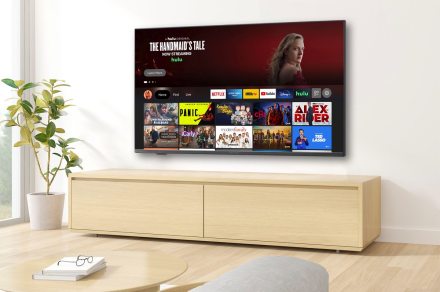




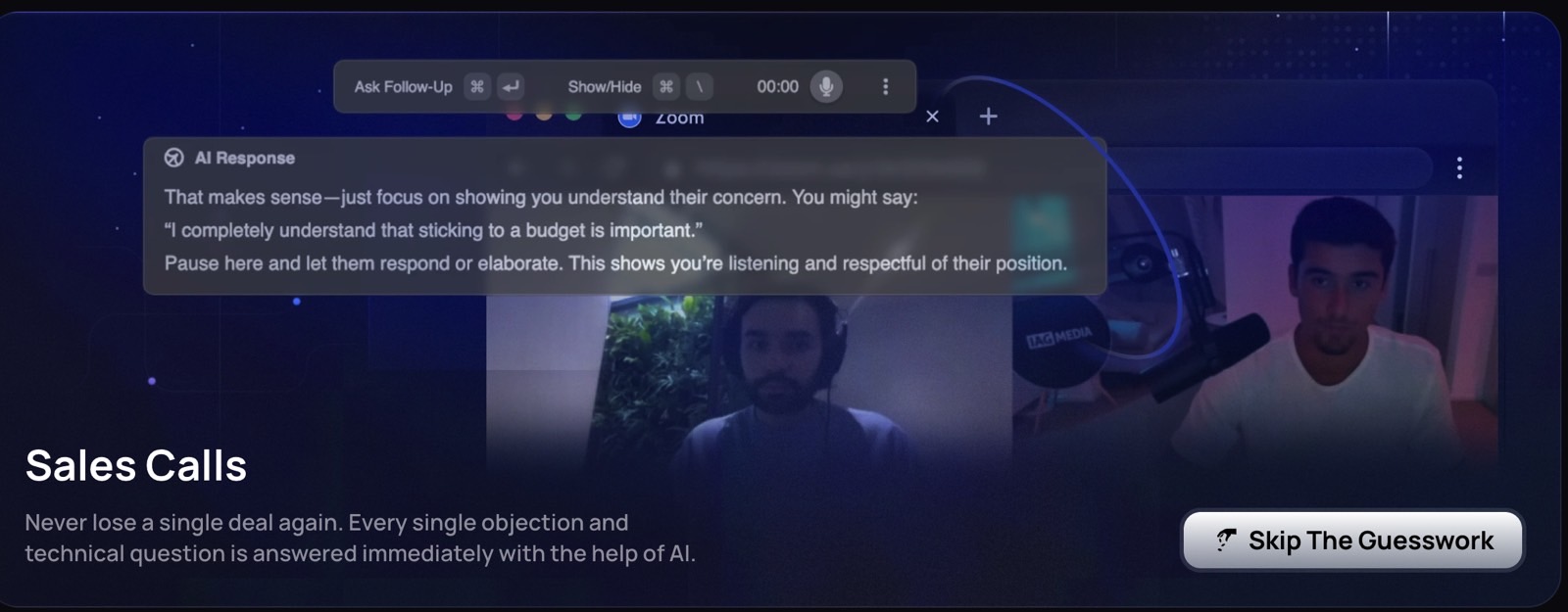











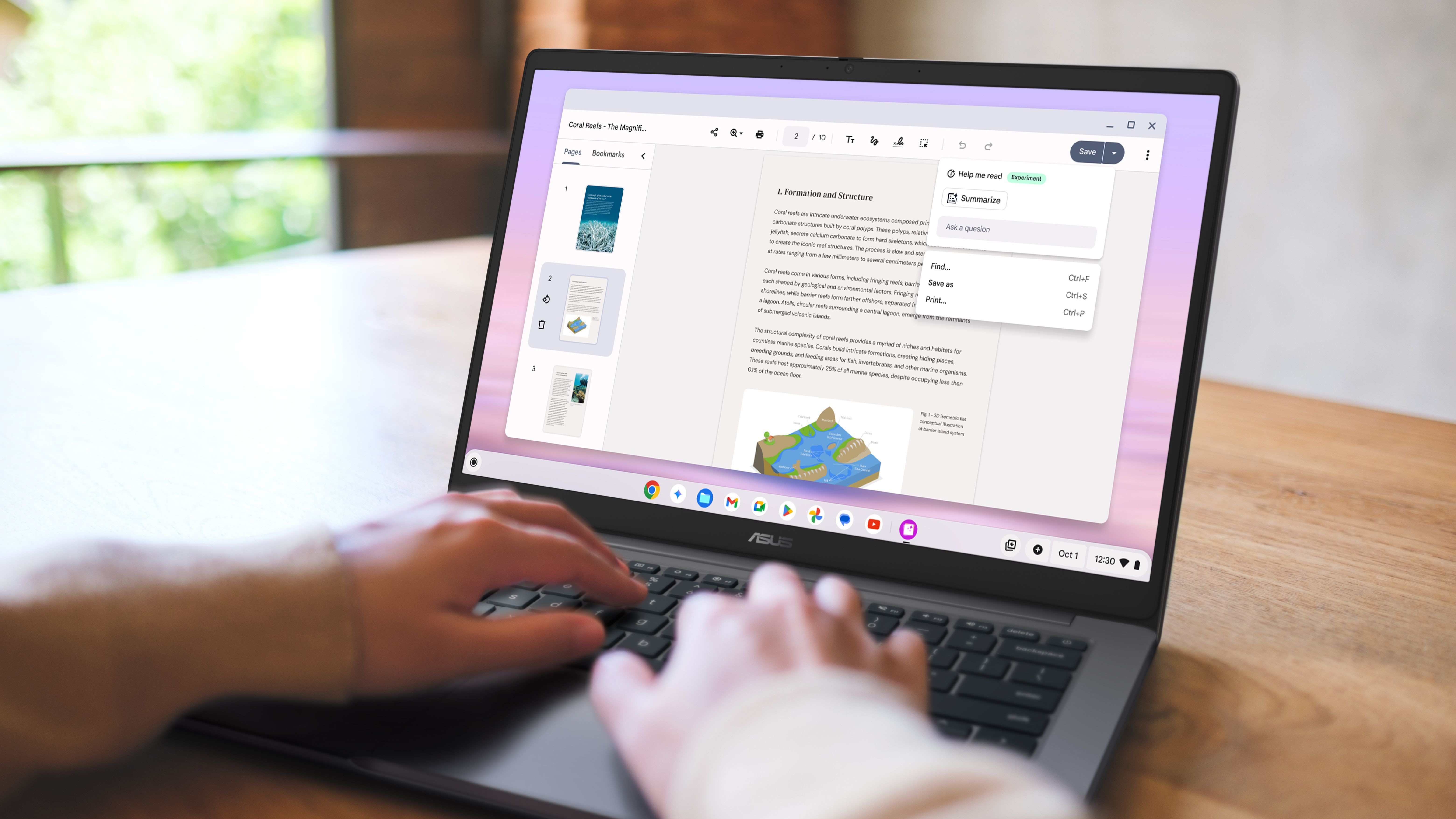

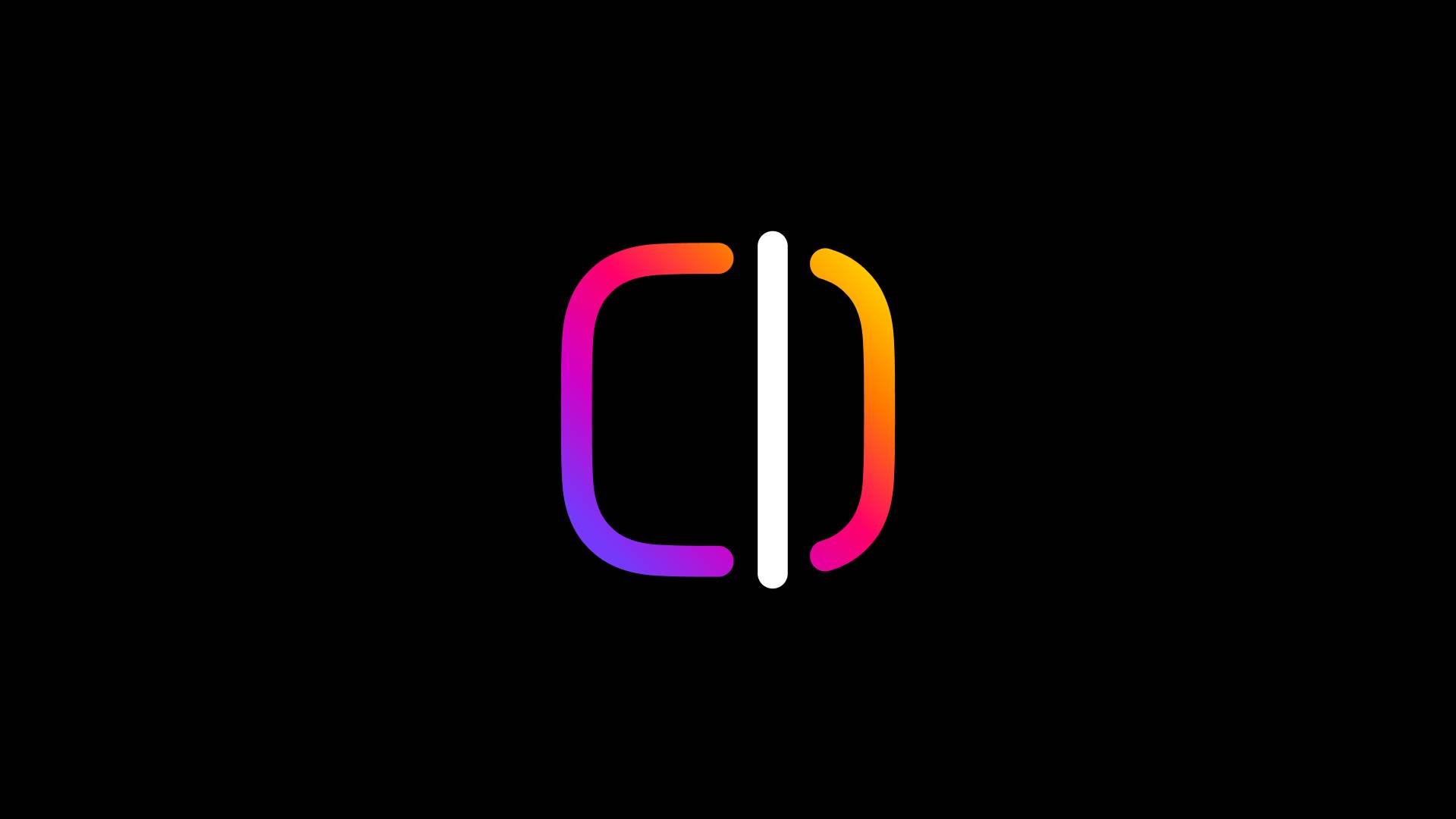





















![Apple Releases Public Beta 2 of iOS 18.5, iPadOS 18.5, macOS Sequoia 15.5 [Download]](https://www.iclarified.com/images/news/97094/97094/97094-640.jpg)

![New M4 MacBook Air On Sale for $929 [Lowest Price Ever]](https://www.iclarified.com/images/news/97090/97090/97090-1280.jpg)
![Apple iPhone 17 Pro May Come in 'Sky Blue' Color [Rumor]](https://www.iclarified.com/images/news/97088/97088/97088-640.jpg)
















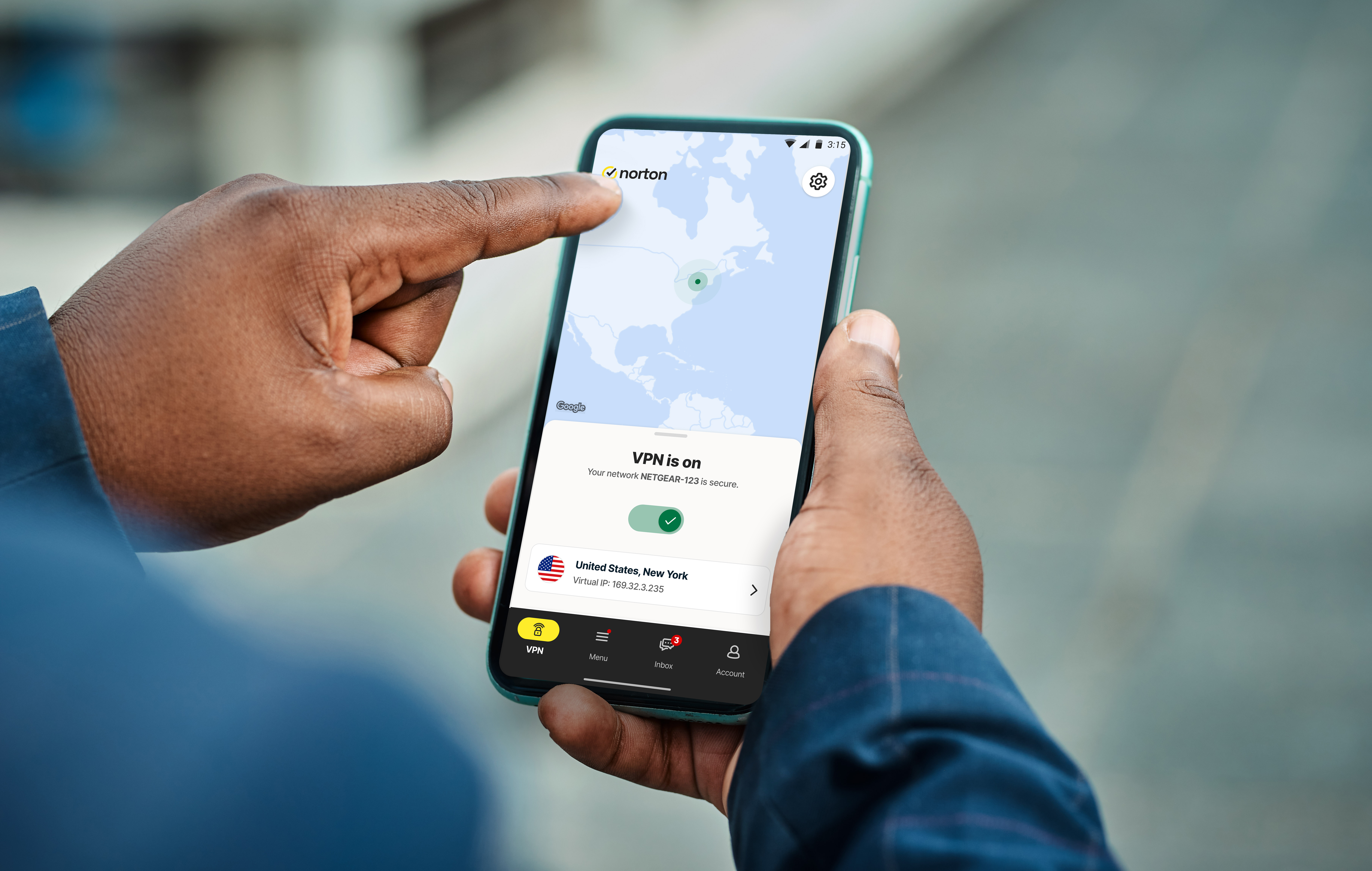
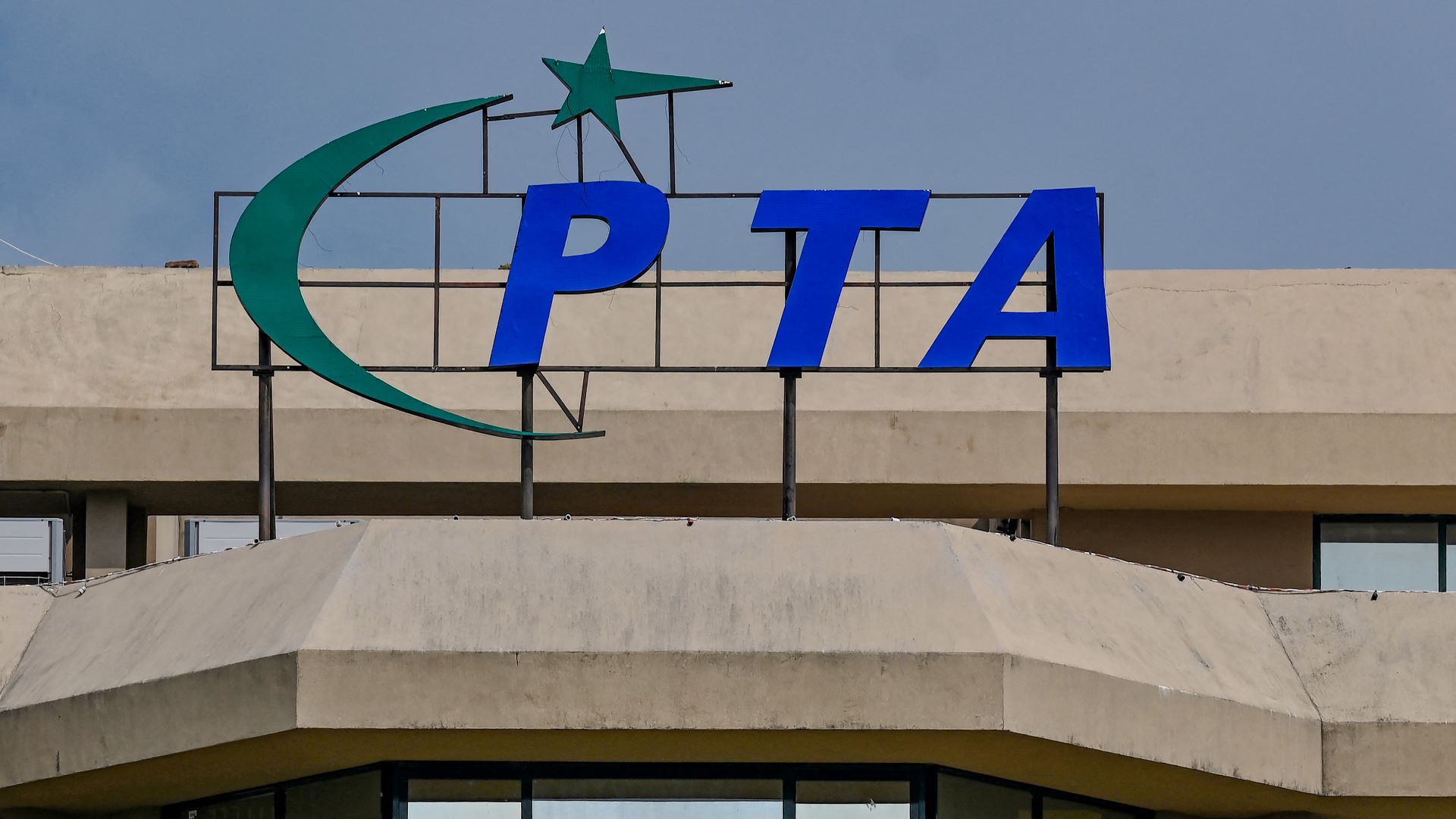







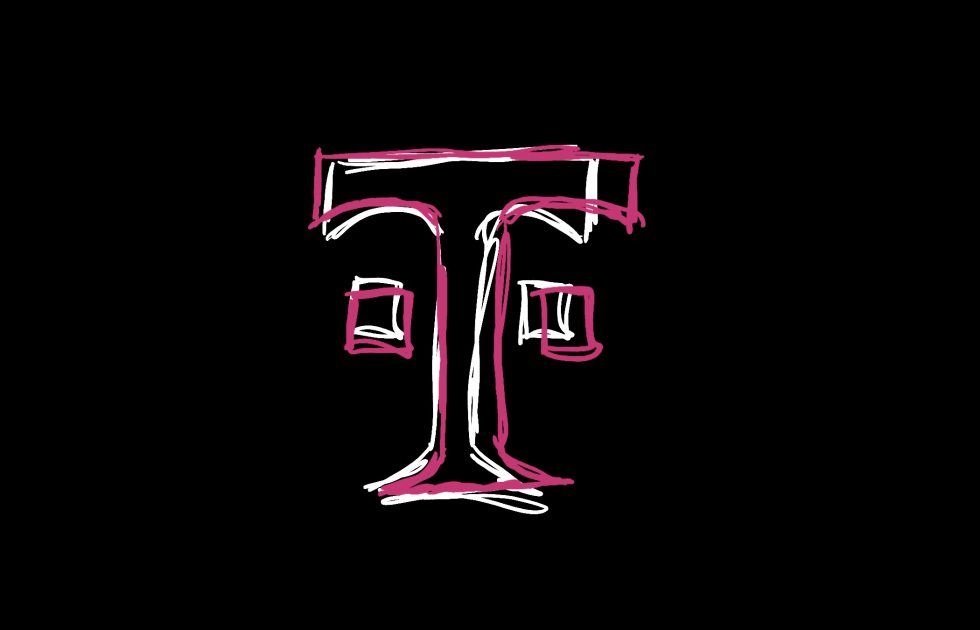













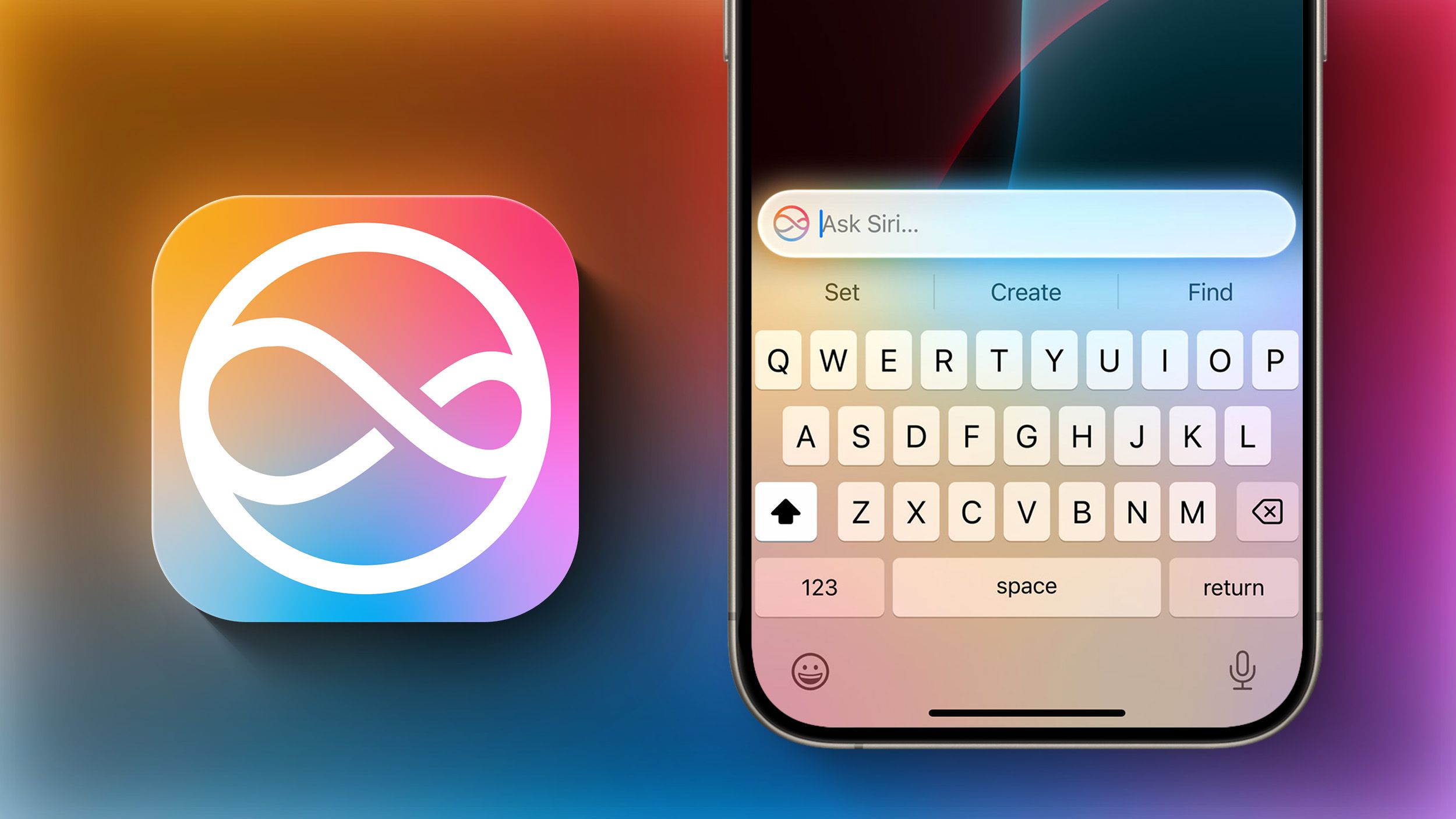


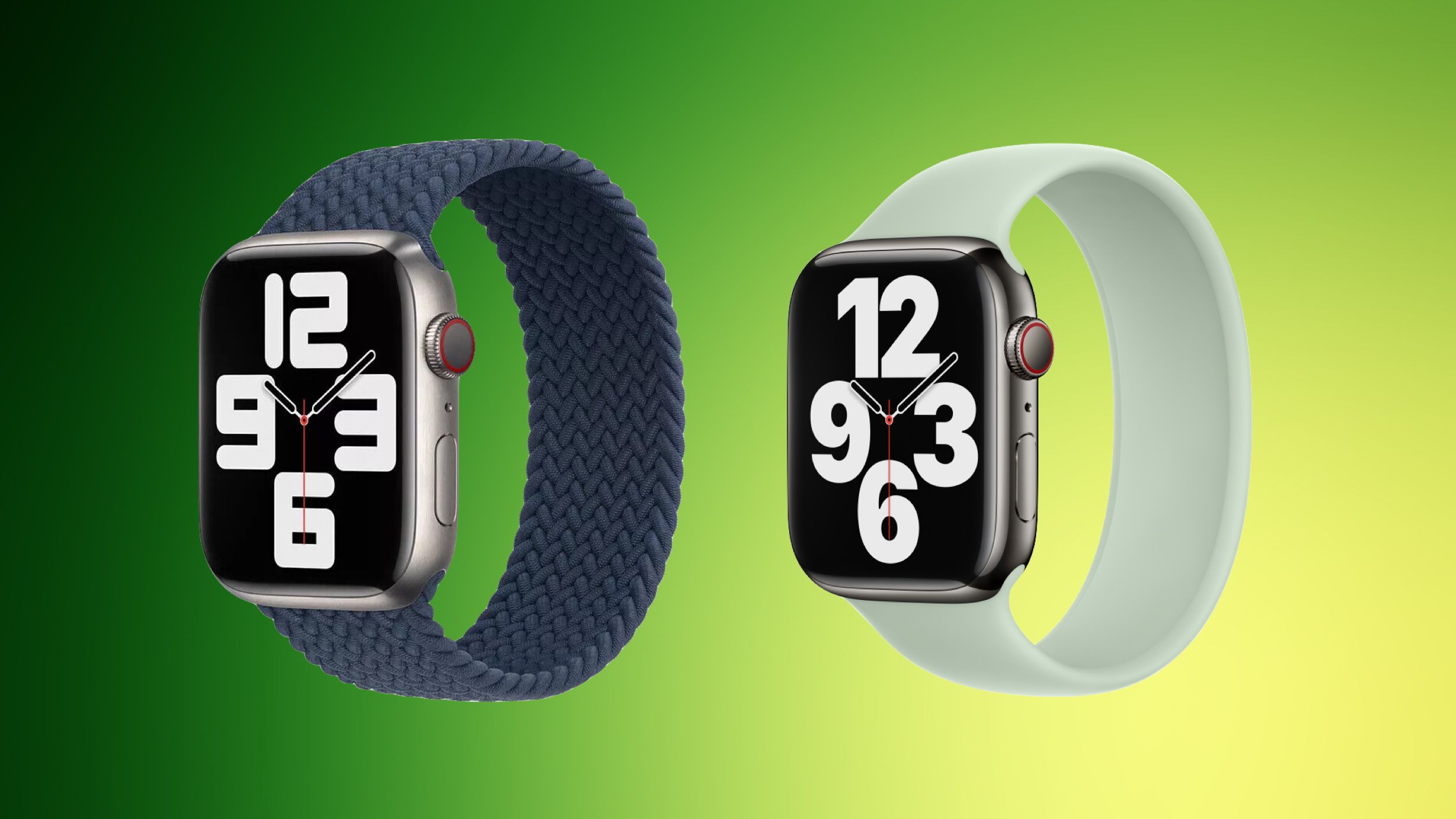



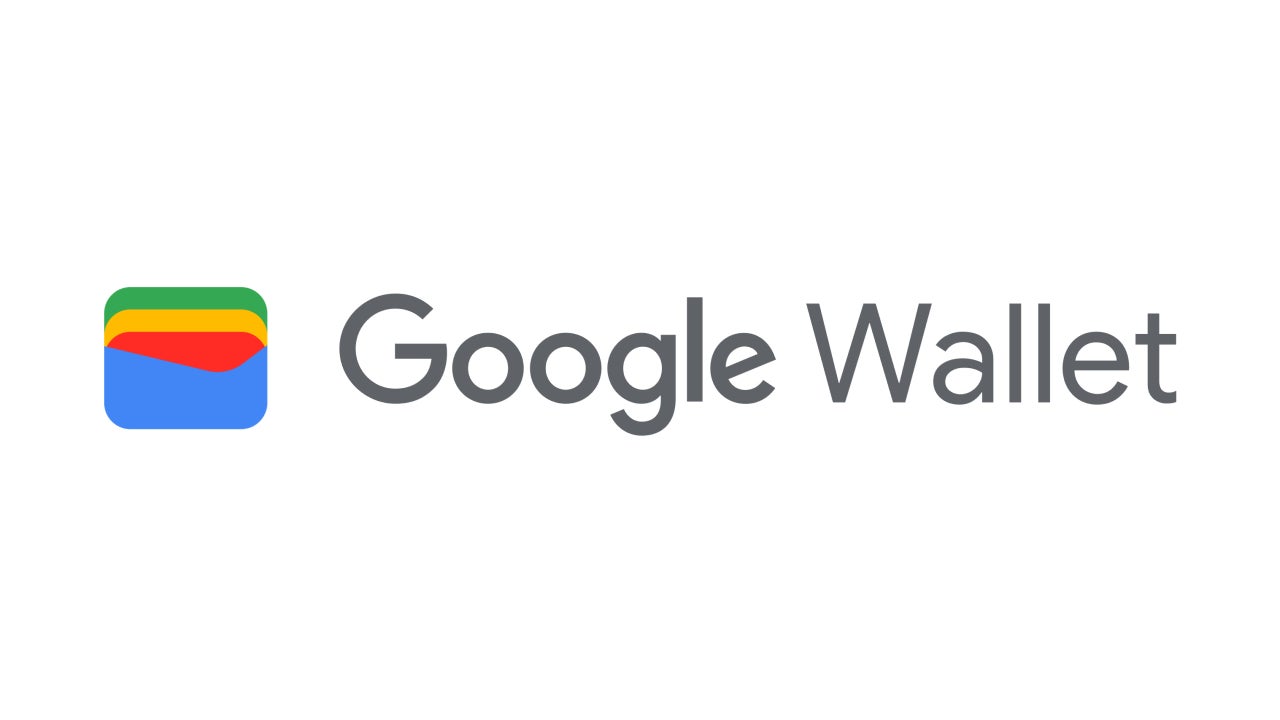
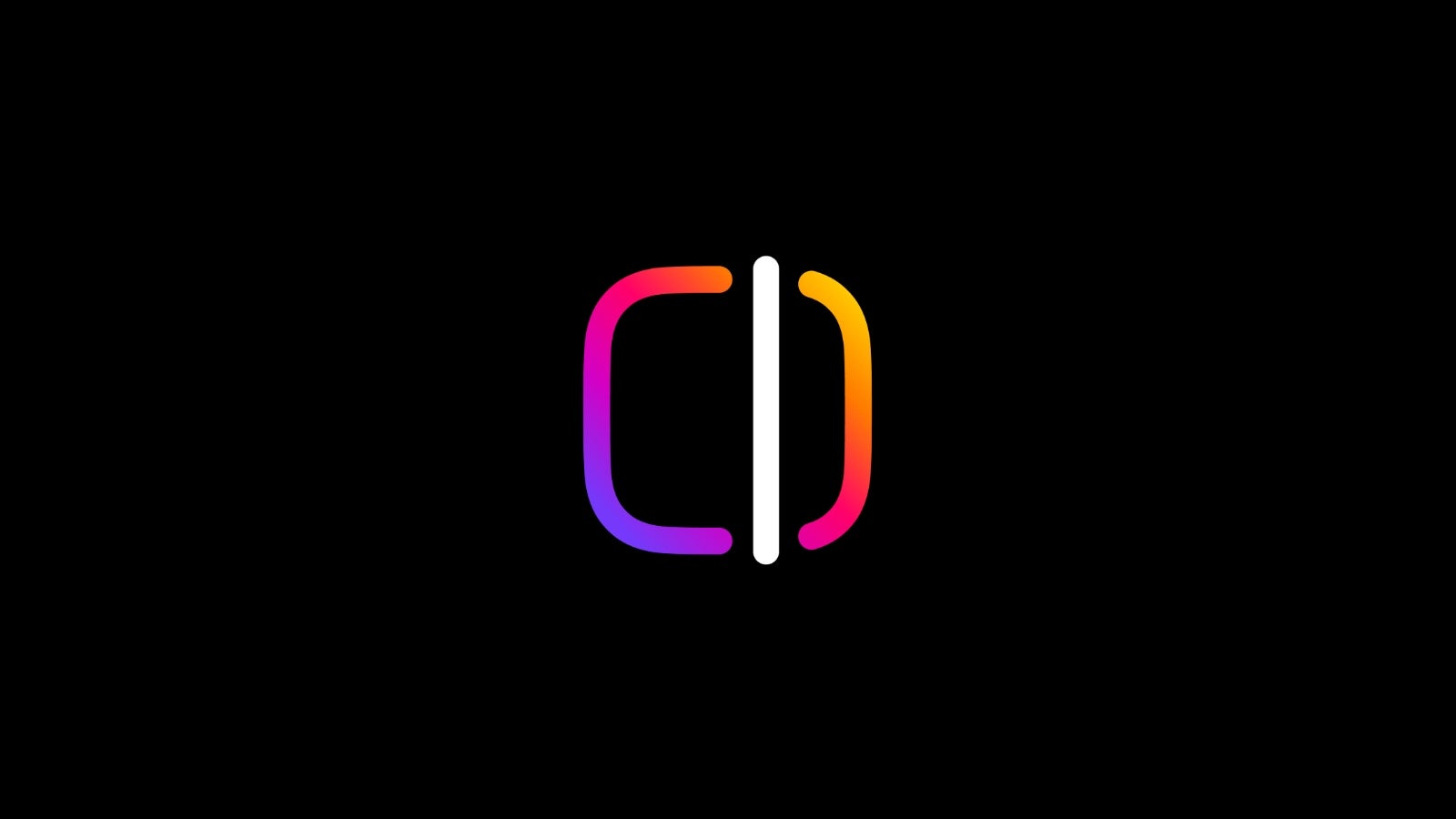







































































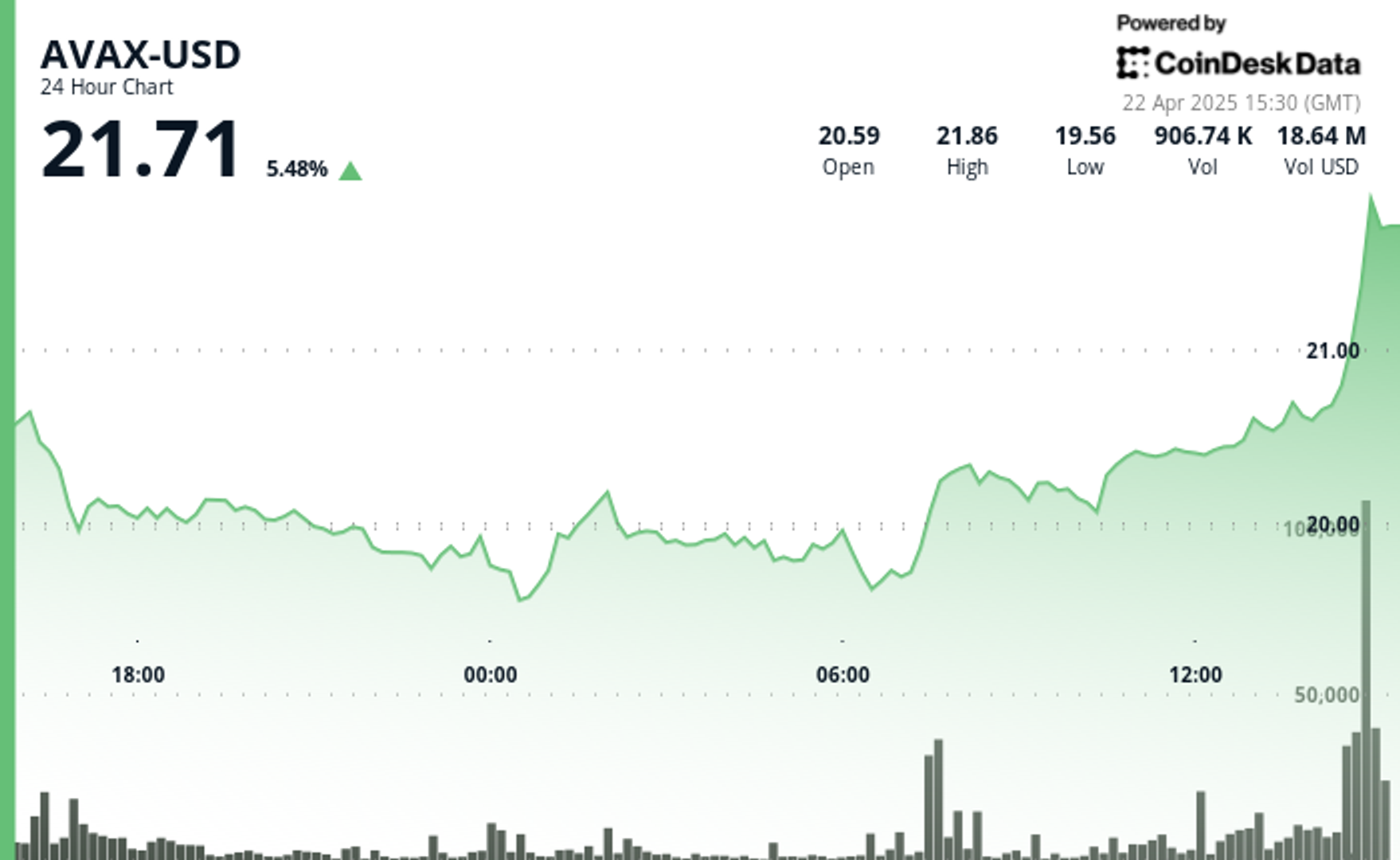


![From Accountant to Data Engineer with Alyson La [Podcast #168]](https://cdn.hashnode.com/res/hashnode/image/upload/v1744420903260/fae4b593-d653-41eb-b70b-031591aa2f35.png?#)

